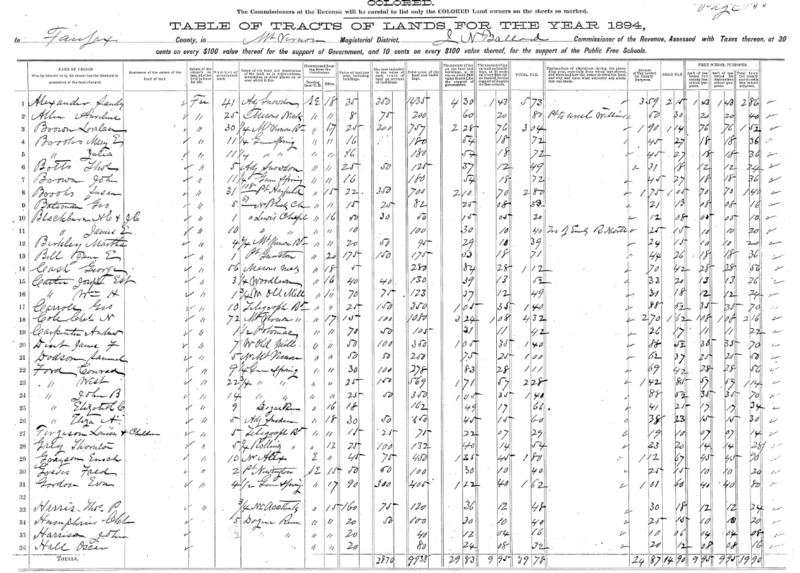Mary E Brooks
Throughout the history of this country the stories and lives of African Americans have been erased and silenced. This mistreatment stems from not only our dark past of slavery, but the era of Jim Crow, where out systemic racism is derived. In the time periods of the late 1800s through early 1900s (the time period that this project will focus on) the United States was heavily segregated. African Americans were required to use “colored” spaces and it was rare for them to own property. African Americans were discriminated against and marginalized.
The purpose of this Black Lives Next Door project is to amplify information found within community archives, and online archives of marginalized populations. “Silences enter the process of historical production at four crucial moments: the moment of fact creation (the making of sources); the moment of fact assembly (the making of archives); the moment of fact retrieval (the making of narratives); and the moment of retrospective significance (the making of history in the final instance). (Trouillot 26)” There needs to be an effort to share the stories of African Americans and fix the silences we have created within our archives. This specific exhibit is going to focus on Mary E Brooks, a black landowner, and her land. What this exhibit is also going to draw attention to is how Mary gained this land in Gum Springs VA, and where this land is now.
Mary E Brooks was an African American landowner in the late nineteenth century to the early twentieth century. Tracing Mary Brooks’ land was difficult. Most of the information that will be presented about her in this exhibit was found at the Fairfax County Circuit Court’s Historic Records Center.
Each piece of Mary Brooks’ life was pieced together using land deeds and tax records. When looking into future deeds it was found that she had three sons. Her sons include Carroll A. Brooks, William D. Brooks, and Joseph W. Brooks. Joseph's wife was Ida Brooks. Carroll’s wife was Catharine Brooks. William’s wife was Josephine F. Brooks.
When looking through websites such as HeritageQuestOnline.com, and AncestryHertiageQuest.com in the Virginia Room and the Fairfax County Library there was little information about Mary. There was some information regarding her son Joseph W. Brooks and his wife Ida Brooks. This could not be reverse searched to find information regarding his mother. The only information found in the Virginia Room was census information on Joseph and Ida. This goes back to the purpose of this exhibit, amplifying the little history that was kept of African Americans during this time period.
Table of Tracts of Land 1894, Historic Records Center, Fairfax County Circuit Court
Trouillot, Michel-Rolph. (1995). Silencing the past : power and the production of history. Boston, Mass. :Beacon Press,
McNally, Keira
